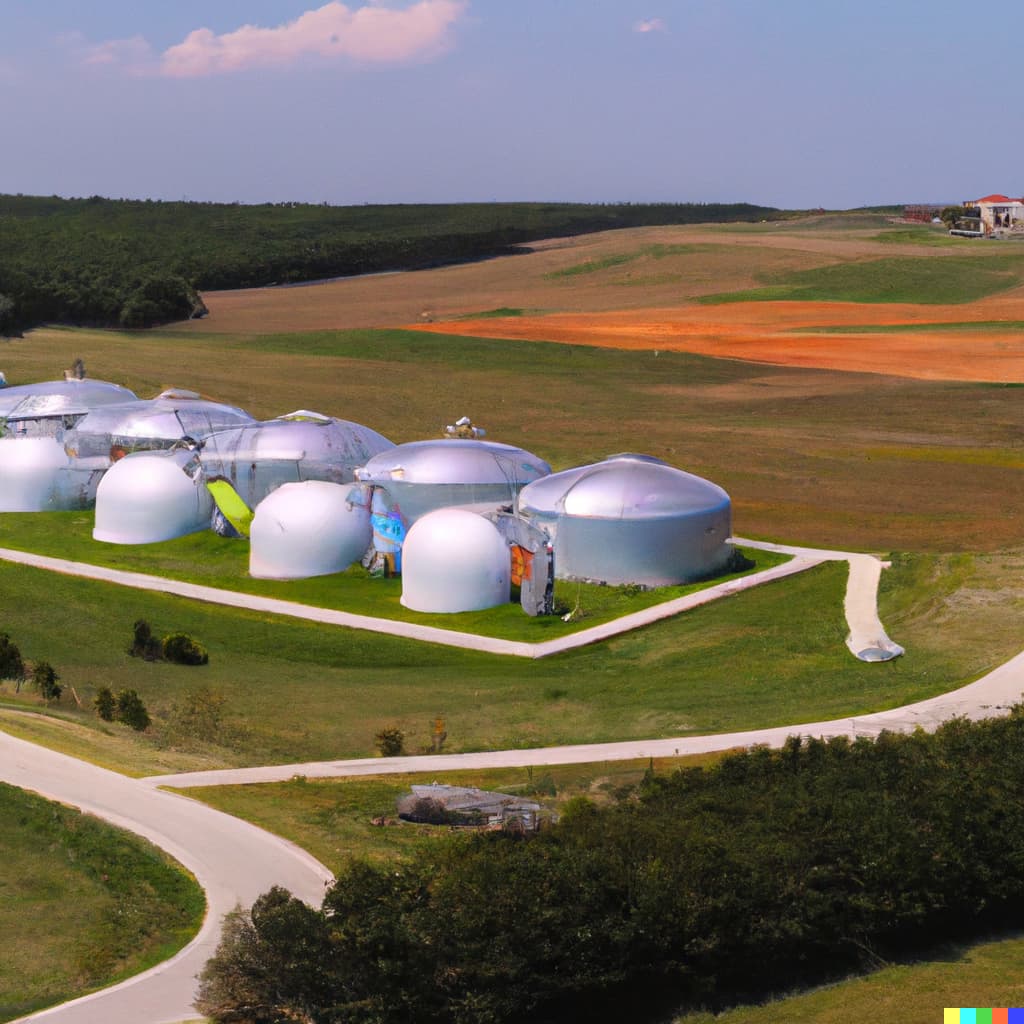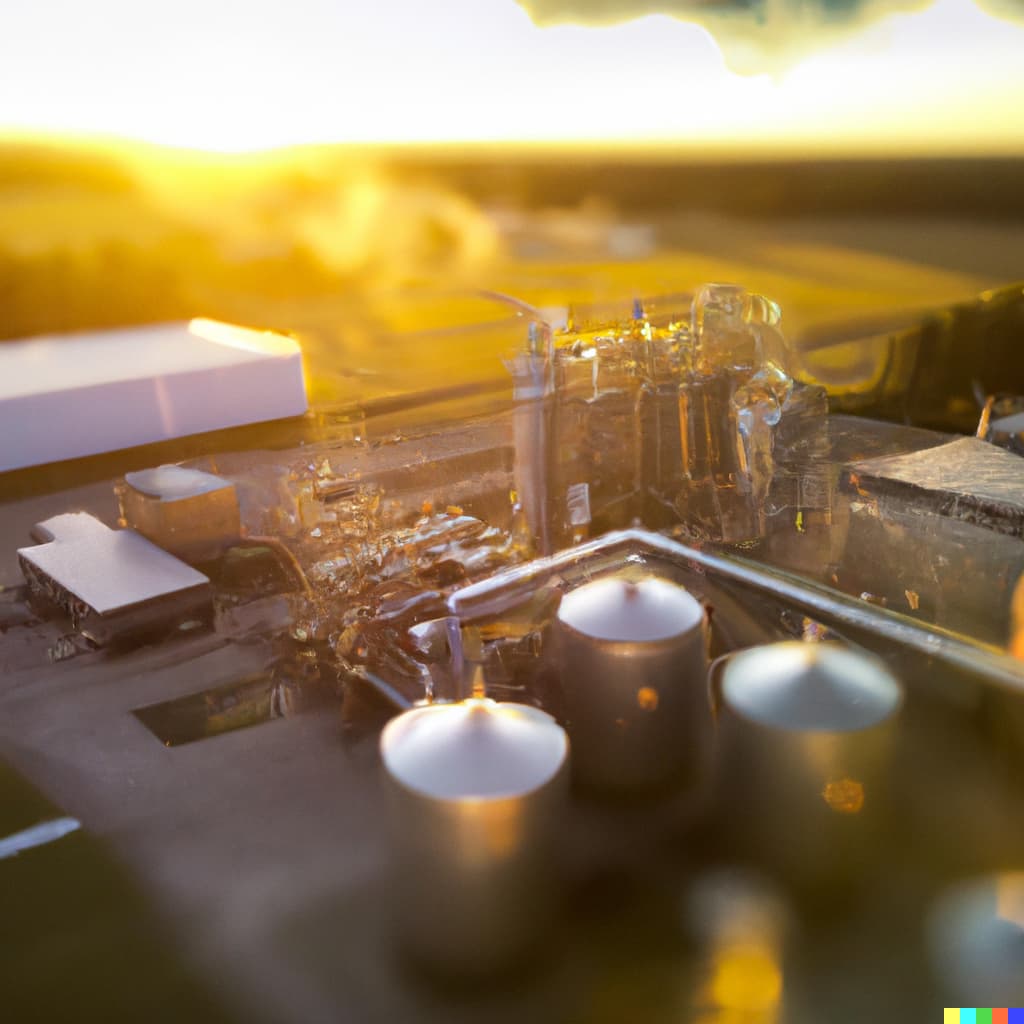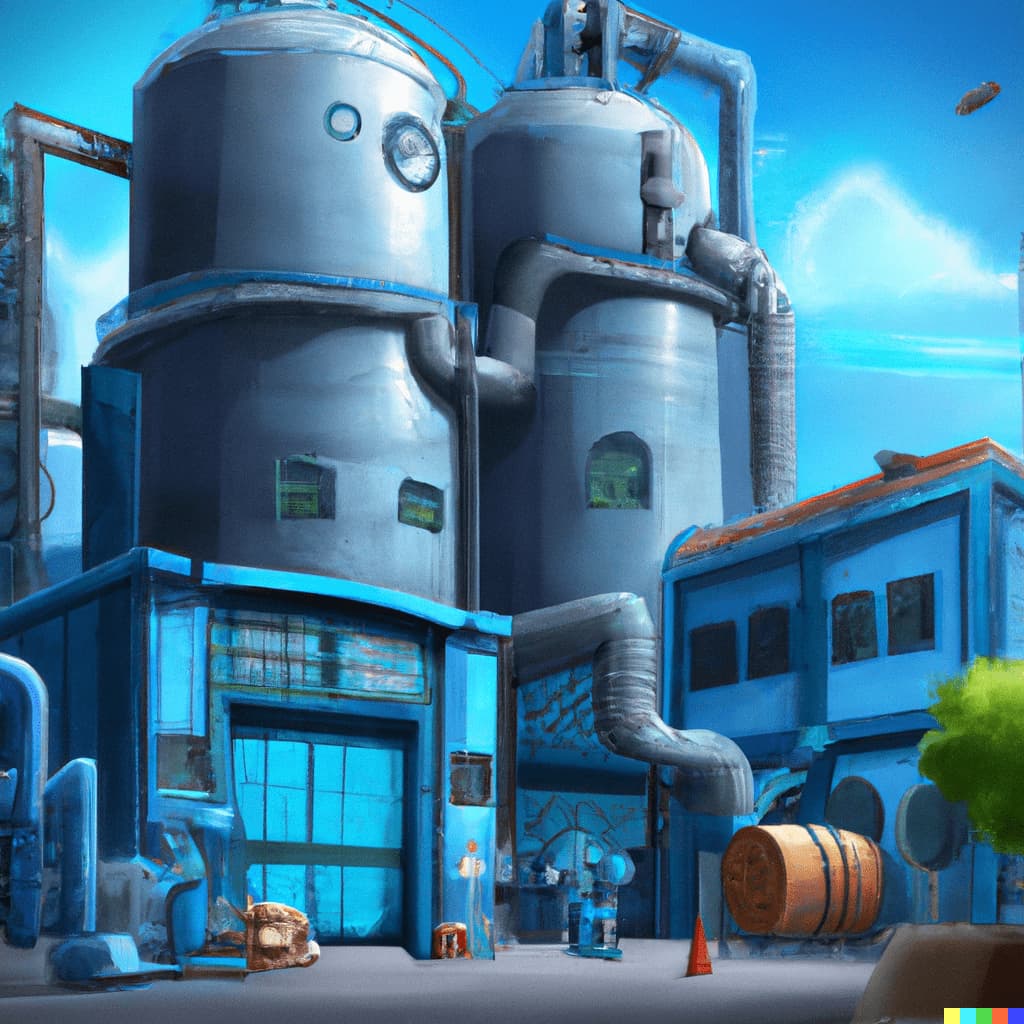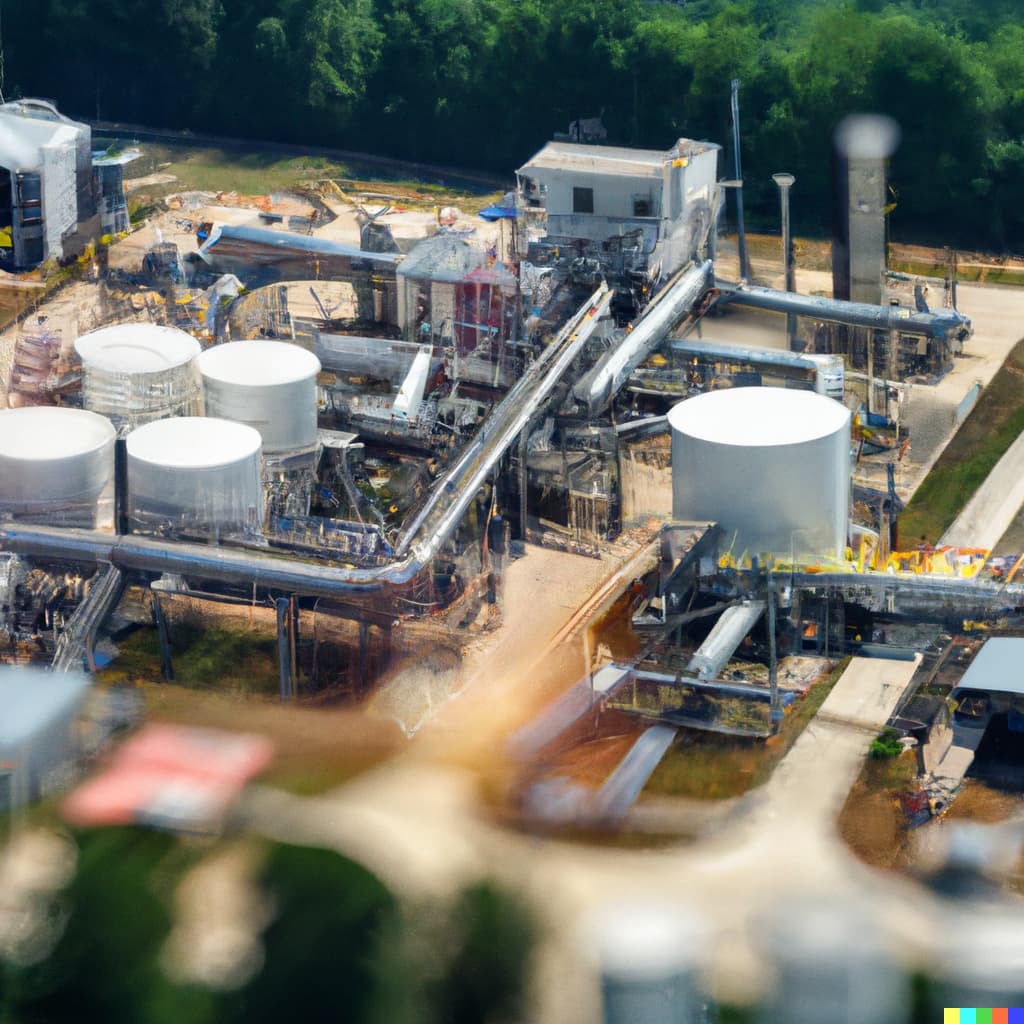Why is construction materials reconditioning instrumental to combating climate change?
Introduction
The construction industry is known for its significant impact on the environment, contributing to resource depletion, waste generation, and carbon emissions. The building sector generates 23% of GHG emissions in France, making it one of the main sources of emissions. One of the important life cycle phases that contributes to the GHG emissions is the embodied phase. For a residential building with a lifespan of 50-60 years, the embodied phase accounted for 15–40% of the life-cycle GHG emissions.
However, a growing movement towards sustainable construction practices is gaining momentum worldwide. One such practice is the reconditioning of construction materials, which involves the repurposing and refurbishing of used materials for new construction projects. In this article, we will explore the benefits of reconditioning construction materials to shed light on the positive impact it can have on the environment and the construction industry.
Positive impact of construction materials reconditioning
Reducing waste generation
Construction and demolition activities generate massive amounts of waste, often resulting in overflowing landfills. According to the U.S. Environmental Protection Agency (EPA), construction and demolition debris accounted for 600 million tons of waste in 2018 alone. Reconditioning materials can significantly reduce this waste stream by giving used materials a new lease on life.
For example, instead of discarding old wooden beams, they can be cleaned, treated, and reused in new construction projects. By repurposing materials, we can minimize the need for extraction of new raw materials, thus reducing the strain on natural resources.

Reduce the production for new construction materials
By reconditioning construction materials, a lesser amount of new construction materials will be produced, significantly reducing the industry’s impact on the environment.
The production of new construction materials requires vast amounts of energy, often sourced from fossil fuels. From mining and extraction to manufacturing and transportation, each stage of the production process contributes to greenhouse gas emissions. In contrast, reconditioning materials involves refurbishing and repurposing existing resources, requiring significantly less energy.
According to a study by the National Institute for Standards and Technology (NIST), reusing steel beams in construction saves approximately 75% of the energy required to produce new steel. This energy savings directly translates into reduced carbon emissions and a smaller carbon footprint for construction projects.
Embodied carbon in construction materials
Embodied carbon refers to the total amount of carbon emissions associated with the entire life cycle of a material, including its production, transportation, use, and disposal. Construction materials, particularly cement and concrete, have high embodied carbon due to the energy-intensive processes involved in their production.
Reconditioning materials can drastically reduce the embodied carbon of construction projects. By repurposing and reusing materials, the carbon emissions associated with their initial production and transportation are avoided. For example, using reclaimed bricks in construction instead of newly manufactured ones can result in substantial embodied carbon savings.

Extending material lifespan
Another significant advantage of reconditioning materials is the extension of their lifespan. Construction materials are often discarded after a single use, contributing to waste generation and requiring the production of new materials to meet demand. By reconditioning materials, we can maximize their utility and avoid premature disposal.
For instance, timber beams from demolished structures can be cleaned, treated, and reused in new construction projects. By extending the lifespan of materials through reconditioning, we reduce the need for new production and the associated carbon emissions. This approach aligns with the principles of a circular economy, where resources are kept in use for as long as possible.
Transportation and Logistics
The transportation of construction materials from manufacturing facilities to construction sites also contributes to carbon emissions. New materials often need to be transported over long distances, adding to the carbon footprint of construction projects. Reconditioning materials, on the other hand, can often be done locally or on-site, reducing transportation requirements.
By sourcing materials from nearby demolition sites or salvage yards, construction projects can minimize the distance traveled and associated emissions. Moreover, reconditioning materials on-site can eliminate the need for long-distance transportation altogether, leading to significant carbon emission reductions.

Steps of the reconditioning process
The reconditioning process for construction materials involves several steps to transform used or salvaged materials into suitable components for new construction projects. Here is a step-by-step description of the reconditioning process:
- Collection and Assessment: Identify and collect suitable materials from demolition sites, salvage yards, or other sources. Assess the condition of the materials to determine their suitability for reconditioning.
- Cleaning and Removal of Contaminants: Remove any dirt, debris, or surface contaminants from the materials and conduct testing fro hazardous substances if necessary.
- Repair and Restoration: Repair any damages or defects in the materials and restore the materials to their original condition.
- Treatment and Refurbishment: Treat the materials to enhance their performance and longevity. Refurbish the materials as necessary to match the desired aesthetic or functional requirements.
- Quality Assurance and Testing: Conduct quality assurance checks to ensure that the reconditioned materials meet the necessary standards and specifications. Perform relevant tests to verify structural integrity, fire resistance, or any other specific requirements for the intended application.
- Inventory and Storage: Organize and maintain an inventory of reconditioned materials for easy access and tracking. Store the materials in appropriate conditions to prevent degradation or damage until they are ready for use in construction projects. This may involve proper storage facilities, protection from weather elements, or specific handling procedures.
- Documentation and Certification: Keep records of the reconditioning process, including details about the materials, assessments, repairs, treatments, and test results. Obtain relevant certifications or documentation, if required, to demonstrate the quality and suitability of the reconditioned materials for construction projects. This could include certifications for environmental standards, fire safety, or other regulatory compliance.
- Integration into Construction Projects: Collaborate with architects, designers, and construction teams to identify suitable applications for the reconditioned materials. Incorporate the reconditioned materials into construction projects, ensuring proper installation techniques and adherence to building codes and regulations.

Construction materials reconditioning partners Riverse supports
Mobius Réemploi
Mobius Réemploi is a French construction materials reconditioning company. It developed a process and production facility specifically to reconditioned technical floor slabs, addressing the needs for refurbishment or new constructions with products that have less impact on the environment. Mobius saves CO2 by avoiding the construction of new slabs. The biogenic carbon captured in the wooden plates composing the slab is also captured longer. Their technology is part of many national building policies that have identified refurbishment as a potential strategy to improve the existing building stock and to meet global greenhouse gas emission targets
Mobius has a 60 000 meter squared yearly capacity and a 122% impact reduction compared to new construction materials, taking into account carbon capture in its materials.
Cycle Up
Cycle Up is a French platform specialized in the reuse of building materials including windows, carpet, bathroom equipment, walls, ceilings, doors, generator set, heat pump and others. Cycle Up's mission is to massively increase the reuse of materials, because it is the most important operation to optimize and extend the life cycle of resources.
Cycle up reconditions up to 28 000 products a year with a 98% impact reduction compares to new construction materials production.
Reconditioning construction materials is a sustainable practice that holds immense potential to revolutionize the construction industry. Through the collective efforts of the construction industry and society at large, we can transform construction from a resource-intensive sector into one that respects our planet's finite resources and builds a sustainable future for generations to come.



%20(1).jpeg)
%20(1).jpeg)

